Researchers at Aalto University, in Espoo in Finland, unravel the design principles of unusual dual superlyophobic surfaces in oil–water systems.
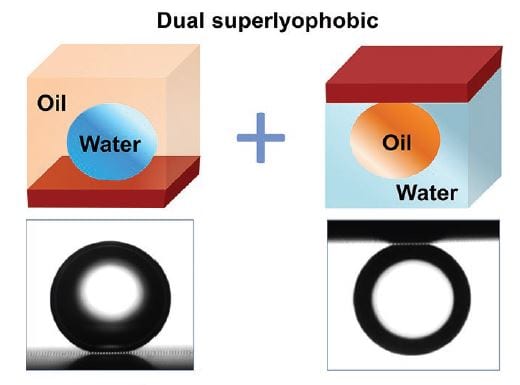

Researchers at Aalto University, in Espoo in Finland, unravel the design principles of unusual dual superlyophobic surfaces in oil–water systems.
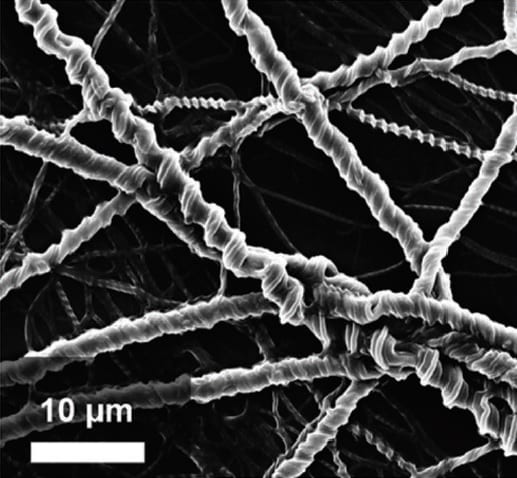
A new class of thermochromic supramolecular material has been designed, which is taking steps toward versatility, sustainability, and scalability.
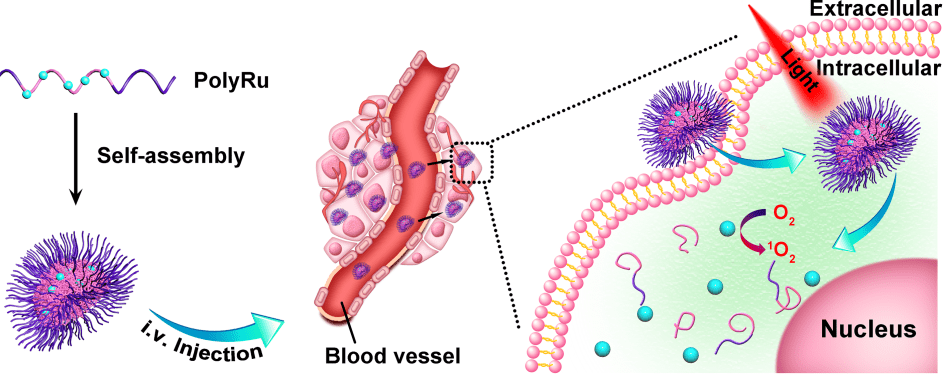
A polymetallodrug that overcomes the side effects of conventional anticancer phototherapy has been synthesized.
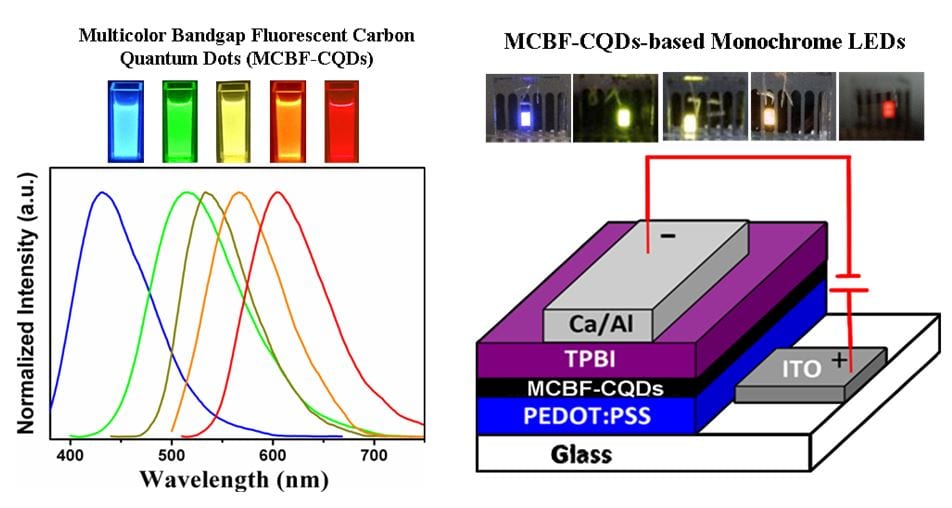
The first synthesis and demonstration of multicolor bandgap fluorescent CQDs (MCBF-CQDs) is reported.

Scientists in China have found that the “phase inversion” method could improve the comprehensive performance of the porous electrodes.
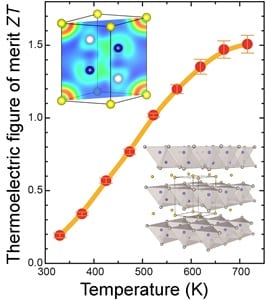
Researchers from Panasonic Corporation observed an outstanding n-type thermoelectric performance in a low-cost and earth-abundant semiconductor.
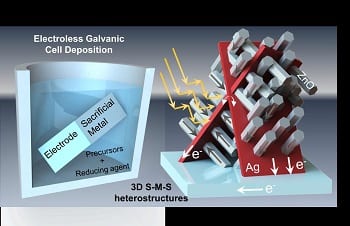
Dr. Tan and colleagues, have developed a scalable and one-pot electroless galvanic cell synthesis of semiconductor-metal-semiconductor (S-M-S) interconnected nanoarray.
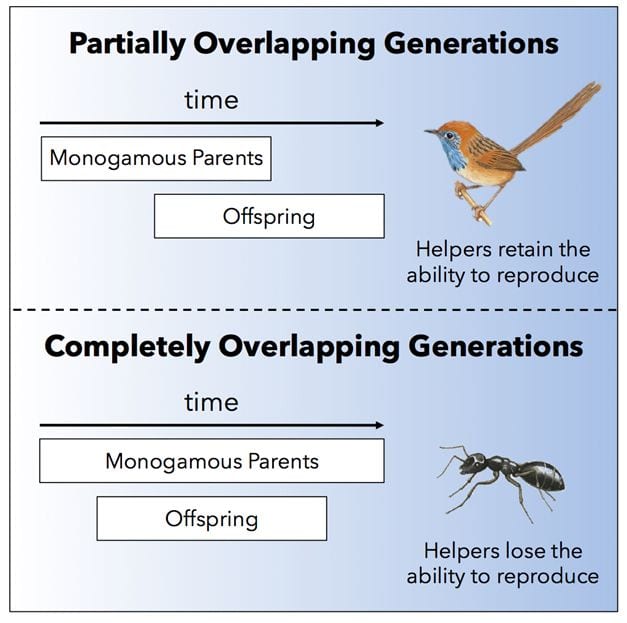
In their hypothesis article in BioEssays, Downing et al. present a testable hypothesis as to why sterile worker castes evolve, and continue to evolve, in many social insect orders: a hypothesis with implications for understanding longevity in general.
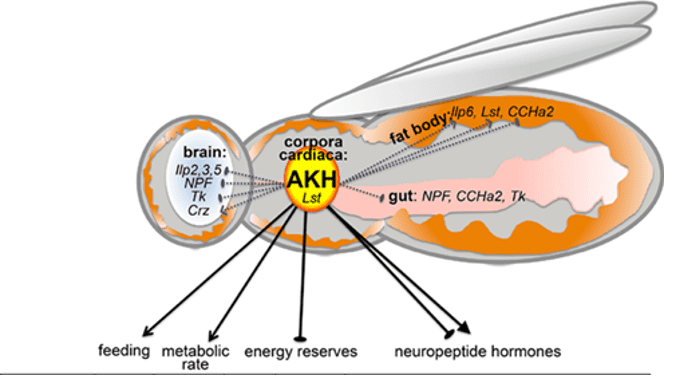
The adipokinetic hormone (AKH), an insect analog of the human hormone glucagon, is a central regulator of energy homeostasis and lipid mobilization in insects. Silencing of the AKH-receptor leads to fly obesity.
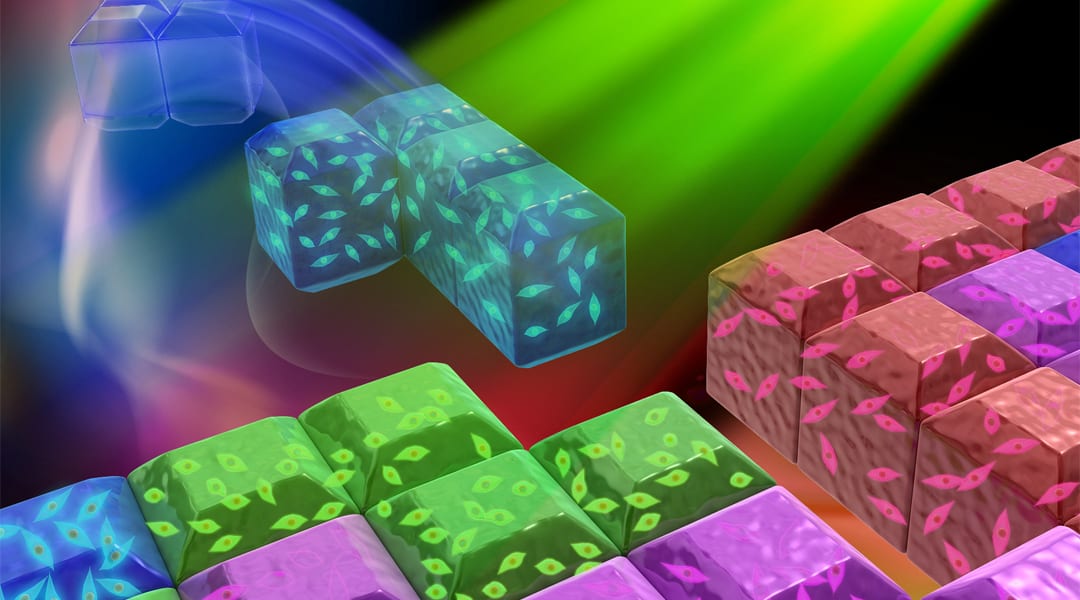
A Tetris-inspired approach to fabricate microscale tissue from hydrogel building blocks affords a non-contact assembly method to build complex and reconfigurable 3D architectures.